China-headquartered solar cell and module manufacturer Jiangsu Sunport Power Corp has launched a lightweight module. The new Full Black N-type solar module has an efficiency of up to 22.5% and a power output of between 420 and 440 W. It is made of high-transmittance tempered glass and relies on anodised aluminum alloy frames.
The module’s dimensions are 1,720 mm x 1,132 mm x 30 mm, and it weighs 10.8 kg, or 5.5 kg per square metre. Sunport claims the module has 3% more power output compared to similar products with the same dimensions and features.
The company is targeting the rooftop market, adding that the module’s light weight makes it ideal for roofs with limited load capacity. Sunport says it is 50% lighter than conventional glass modules and it has been designed for easy installation and easy cleaning.
It can be mounted on the roof, or it can also be installed using glue, similar to the company’s flexible module series.
“The labour cost for installation is very low,” a company spokesperson told pv magazine. “And for the whole system, the levelised cost of energy (LCOE) is around 60% of the cost of the traditional solar module.”
“Compared to the traditional glass solar module it is very, very light,” the company said.
The product carries a 12-year quality warranty and a 25-year performance warranty.
Sunport’s spokesperson told pv magazine that the module has taken the company in a new direction as it did not use the metal wrap through (MWT) technology that it is known for when making this product.
The module maker has a fully automated back contact production line for MWT technology, but it said it has moved on to mass producing n-type solar due to high manufacturing cost reasons.
“Now, we use an n-type solar cell because we needed to control the cost of the solar module and adapt to the market, and also, n-type has higher efficiency,” said the spokesperson.
They also confirmed that Sunport plans to stick with the back contact technology it is known for. In total, Sunport has a production capacity of around 4 GW, but the company said some of this production is dormant due to market uncertainty.
“It all depends on the market requirements… if we have more orders we will run all of our production line but now it is not so good,” the spokesperson said, referring to the current low module prices.
It is biding its time to wait for the market to recover and gain more certainty, which it expects to come soon.
This content is protected by copyright and may not be reused. If you want to cooperate with us and would like to reuse some of our content, please contact: editors@pv-magazine.com.
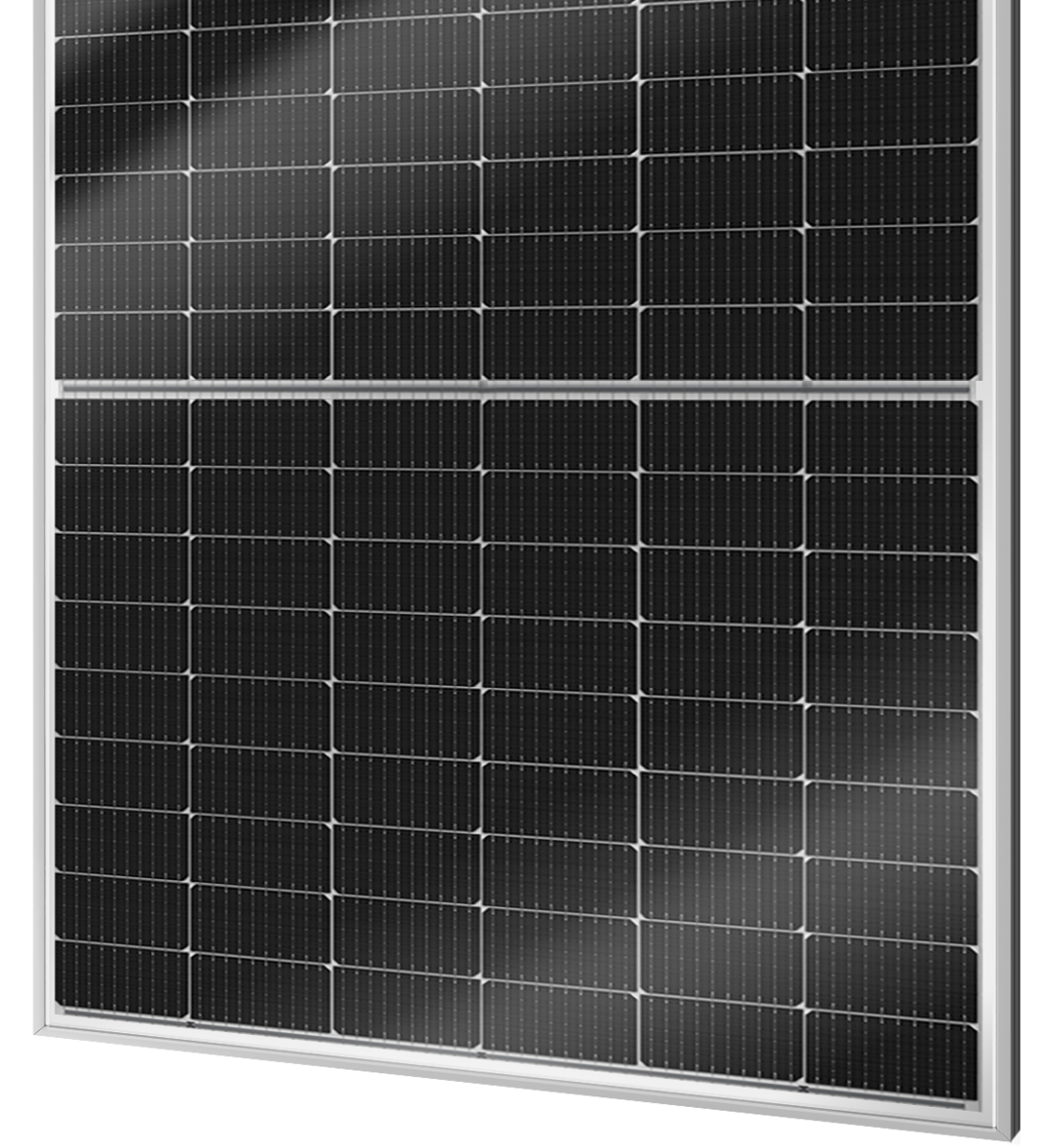
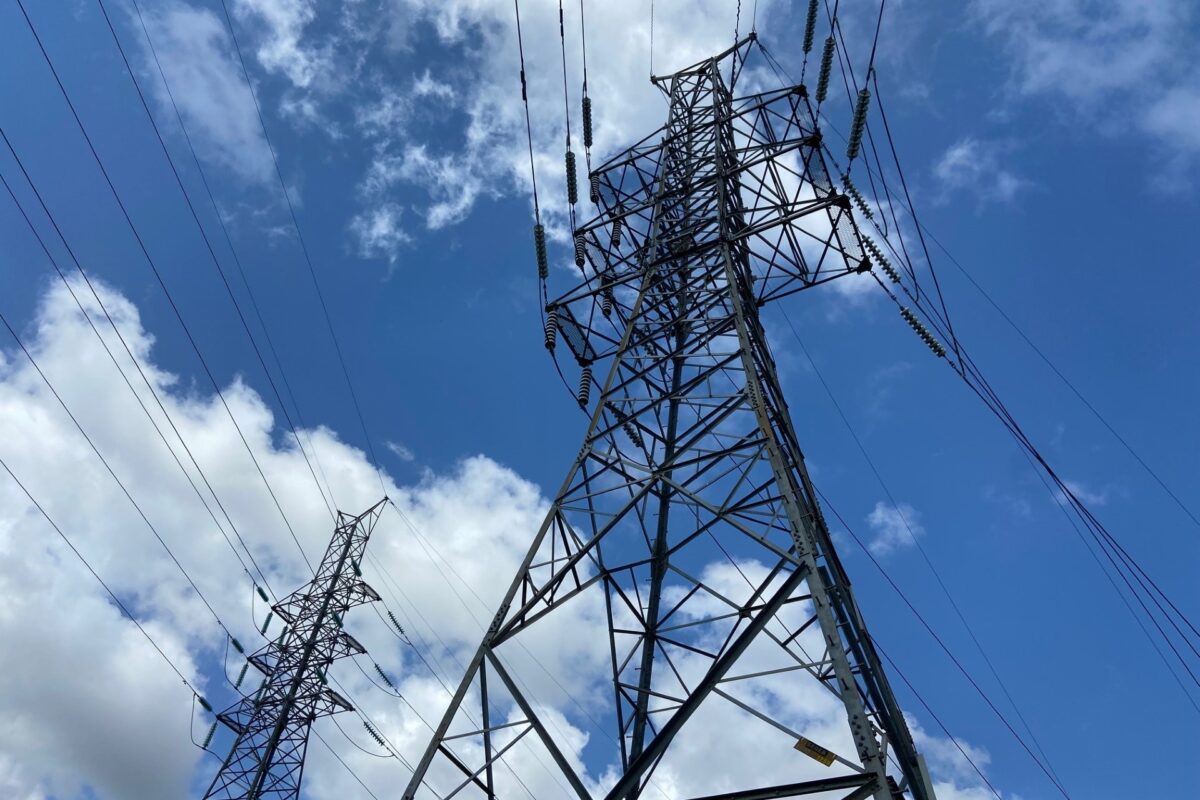


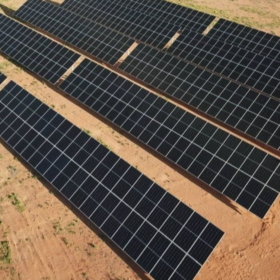
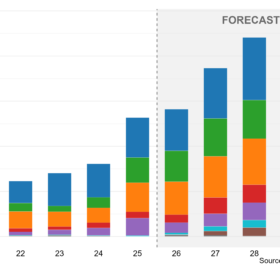
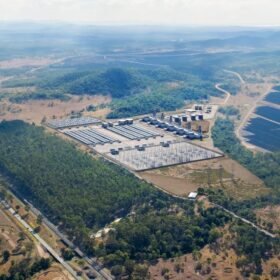
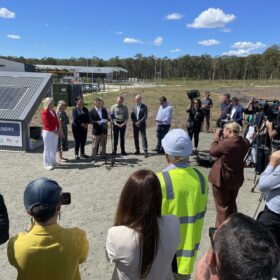
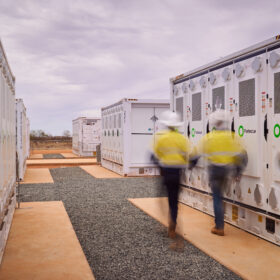
By submitting this form you agree to pv magazine using your data for the purposes of publishing your comment.
Your personal data will only be disclosed or otherwise transmitted to third parties for the purposes of spam filtering or if this is necessary for technical maintenance of the website. Any other transfer to third parties will not take place unless this is justified on the basis of applicable data protection regulations or if pv magazine is legally obliged to do so.
You may revoke this consent at any time with effect for the future, in which case your personal data will be deleted immediately. Otherwise, your data will be deleted if pv magazine has processed your request or the purpose of data storage is fulfilled.
Further information on data privacy can be found in our Data Protection Policy.